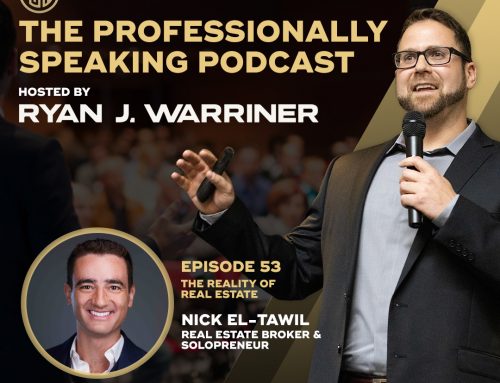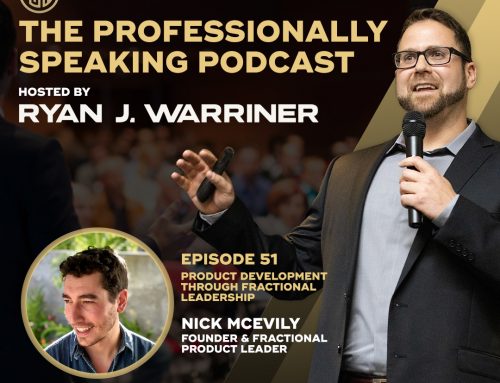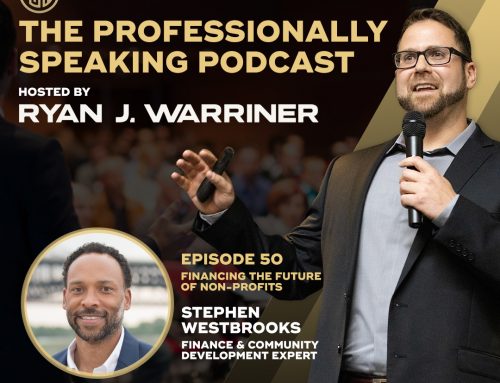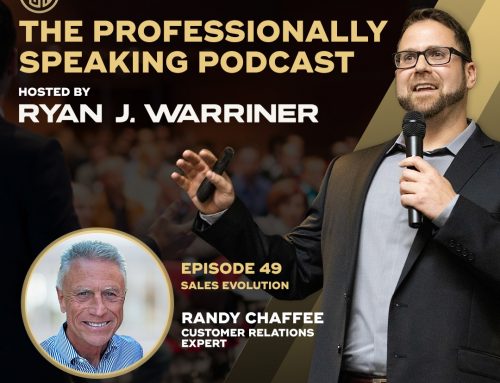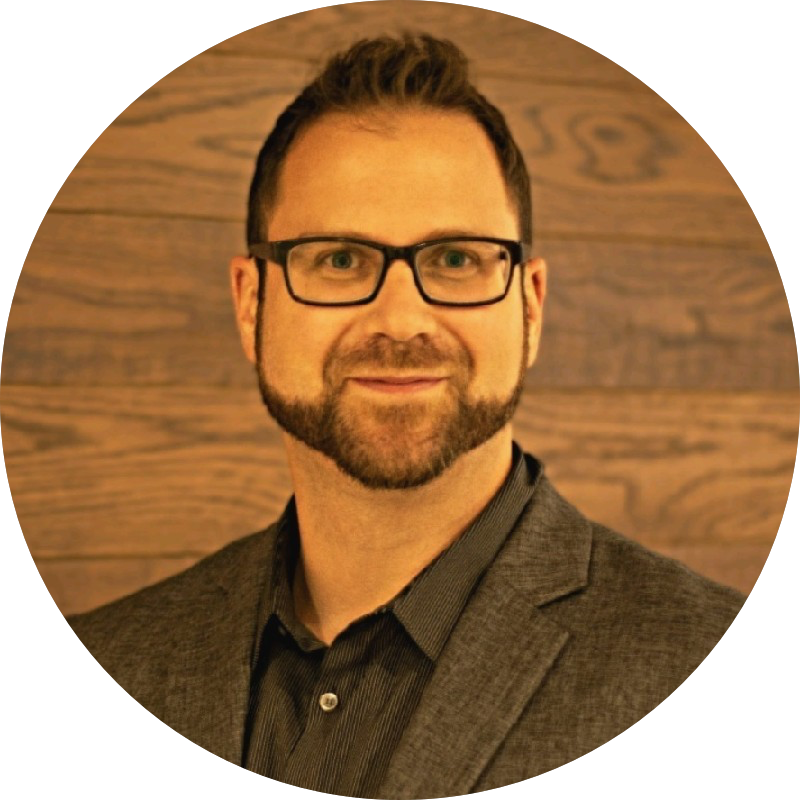The earlier you identify yours, the more successful you’ll be!
Years ago, when I first began my presentation consulting and coaching business, I came across the most perplexing, yet persistent pattern I had ever seen. A high number of clients (exactly 23 private clients and 42 corporate trainees) had only one objective. Whether they were tasked with delivering a presentation, leading a meeting, or providing a quarterly update, their objective was to complete the task. In fact, upon probing my clients for more details and information, the common response was: “to get through it (with limited errors)” or simply “to finish”.
The turning point
This was an eye-opening experience for me as a professional communication coach and it sparked my curiosity. I began a quest to better understand this seemingly dominant perspective, as well as where it comes from, and how it has become so common amongst my clients. Through my research I was able to uncover two significant commonalities amongst speakers who share this “My goal is to finish” perspective. First, many speakers report feeling an extreme amount of pressure and/or nervousness. Secondly, as a consequence of multiple factors, many speakers do not deliver effectively, but rather become an audiobook for their content. Basically, they prepare a script with their information and deliver it to whomever is present.
It’s highly probable that this “audiobook” approach to their speaking stems from both their nerves, and their experience of observing countless presentations that were also highly scripted. Then it clicked! If speakers believe their expectation is to become a human audiobook for their content, their only goal would be “to finish”. So, I began to strategize how to help my clients change their mindset and approach to speaking to increase their success.
Course correcting
What’s the problem with becoming a human audiobook? What should your aim be instead? Both, great questions. For anyone who seeks to set speaking objectives which are both effective and clear, these next two paragraphs may very well change the trajectory of your career!
Destination Vs. Desired Outcome
Professional speaking situations can be a very nerve-wracking and potentially anxiety inducing experience for many people (see previous article). In fact, in some extreme cases, just “getting through it” should be considered a personal win for the speaker. However, completing your presentation, meeting, or update shouldn’t be your desired outcome from the get-go. That will lead to a suboptimal design and delivery as you’ll be focusing on the finish line instead of your true purpose. Allow me to offer an analogy to clarify… Imagine you have secured a highly desirable job interview. From the moment that you’re informed of this opportunity, would you be focusing your efforts on securing a job offer or completing the interview process? In this situation, your desired outcome is very clear, to secure the job offer. Completing the interview process is a by-product of pursuing your goal.
From vision to fruition
Which brings us to the key question: How should you view and approach your next speaking endeavor for maximum success? The answer is by determining your desired outcome. This process often requires some thought and consideration, but it begins by asking yourself questions such as…
- What do I want to achieve by the end of my presentation, meeting, update, etc.?
- What would be the best-case scenario for me as a result of my presentation, meeting, update, etc.?
- What do I want my audience to do after my presentation, meeting, update, etc.?
These guiding questions will help you to identify your purpose for speaking. Understanding your purpose is so valuable because it enables you to consciously and subconsciously customize your speaking to achieve your desired outcome and bring your best-case scenario to fruition!
Expert tip: The earlier you can identify your purpose, the better! It will positively impact your preparation, design, delivery, and confidence.
I wish you continued success in your future speaking endeavors!
For more professional speaking insights and free resources, visit Professional Presentation Services, or follow us on LinkedIn.




